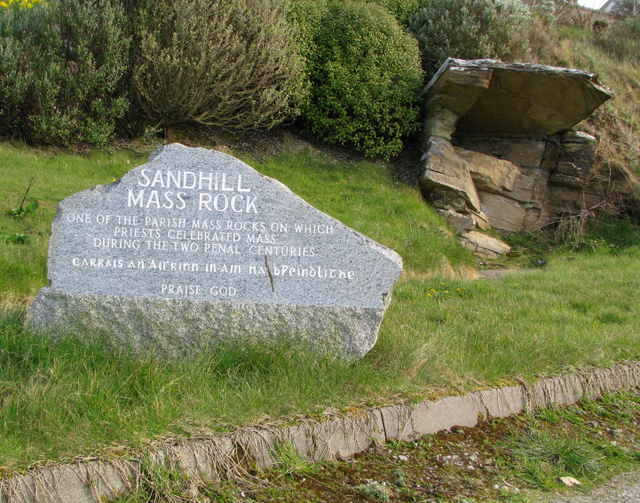Just the other evening, our friend suggested we watch Children of the Stone, a children's mini-series broadcast in the UK in 1977. We watched the entire thing on youtube.
IMDB reviews include:
Children Of The Stones has been called 'the children's Wicker Man' - one indication of the high regard with which this seven-part 1977 British television series is still held. Resemblances between Robin Hardy's 1973 cult classic are certainly strong, notably the pervasive strength of the pagan cult which threatens to overwhelm Adam Brake (Gareth Thomas) and his son Matthew (Peter Denim).
Wonderful HTV series for children that still sends a shiver up the spine, Children of the Stones is a masterclass in how to create atmosphere on a low budget, although the plot, largely borrowed from Invasion of the Body Snatchers, doesn't make a great deal of sense.
The music was so corny I almost abandoned the video immediately. It was extremely bad and amateurish. It almost makes the film unwatchable, like something in a high school video project.
Click there and advance to the 23:00 mark.
I've never had visions when touching a standing stone. Yet.
Today we visited two standing stones near Termon.
That lovely photo lives on this Irish Megaliths page. There's more info about The Barnes Lower Standing Stones on Megalithic Ireland.
The sun wasn't shining, and it was nearly raining when we visited. It was more like this:


Then this happened.











































